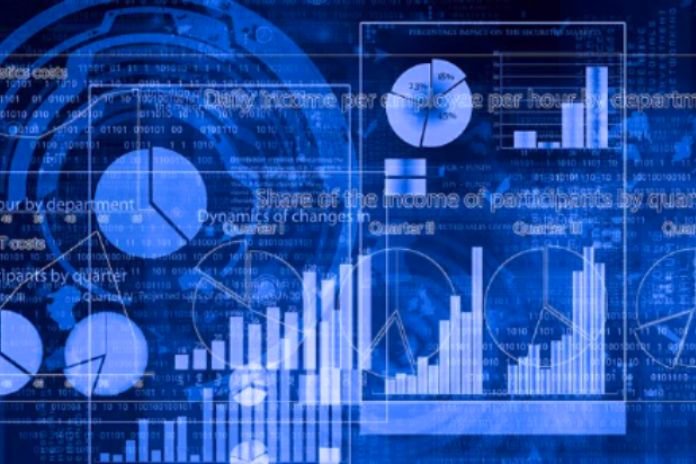Data Mining: In this digital age, one of the significant challenges for companies is dealing with the accumulation of data and knowing how to make the best use of it. After all, the volume of available information only increases, but this isn’t very helpful if management cannot use it to its advantage.
The good news is that today, there are ways to optimize this entire process and ensure the maximum benefit for companies. Data mining extracts a considerable amount of information with consistent patterns that are useful for generating precious insights. The translation of the terms of English origin means “data mining”; however, the solution is applied in the business context for the healthy development of companies.
Want to know more? Keep reading this post and check out data mining and how it can apply to your business!
What Is Data Mining, And How Does It Work?
This term means “data mining,” as they say. It is a strategy to organize data to be used practically and helpfully for the Company. To understand this better, imagine a Company that sells different categories of products to its customers, collecting their data in the process. Using data mining, it can look for patterns and discover, for example, that a particular consumer profile consumes more products from categories “x” and “y” during the first half of the year.
Thus, the seller can take advantage of this information to better direct actions involving the categories at that time, already knowing which group of customers will have a greater tendency to buy.
Why Use It In Your Business?
After learning the concept and understanding how it works, you can already see that data mining brings many benefits. After all, it allows the Company to use its digital assets related to customers efficiently.
In other words, with it, you can analyze patterns, such as age group, tastes, good payers, and possible debtors, among additional information about your audience. On the other hand, as we said at the beginning, it is not enough to have this information — it is necessary to know how to use it in your favor.
Overall, this will depend on the format of your Company, but we can cite some common uses of this tool:
- separation of customers by payment — with data mining, it is possible to make lists separating customers who always pay, those who roll over, and those who never pay;
- product sales analysis — by selecting a product and analyzing the data of its buyers, it is possible to know who it interests most: young people, mothers, singles, married people, or any other groups;
- advertising targeting — knowing which group of people a product is most interesting to, you can target your advertisements to that specific audience, significantly increasing your success rate.
What Is Data Mining For?
Data mining helps to get to know customers better, as it captures data related to their target audience regarding their profile, behavior, and needs. It also helps to understand your consumption patterns and shows you the best-selling products and brands and the buyers’ primary motivations.
Furthermore, data mining retrieves information that adds value to the decisions of managers or entrepreneurs. The solution helps to uncover particularities of the environment and make suggestions for trends, in addition to enabling actions to be taken based on accurate data. It provides leaders with helpful knowledge about the context of action.
What Is The Importance Of Data Mining?
The market is increasingly competitive, and entrepreneurs face difficulties adapting their businesses to societal changes. Data mining is essential for the Company to adapt to constant changes in technologies, the economy, and political scenarios, no matter its segment.
Consumers change their behavior very quickly and seek satisfaction with their needs. With data mining, this situation can be viewed positively, as risks are minimized, decisions are more likely to succeed, and problems are quickly identified.
The strategy makes it possible to make improvements in the most varied departments of the companies to stand out from the competition. It is a highly relevant tool for those who want to remain active in the market and continue to grow their business. It makes processes more dynamic to meet demands and identifies opportunities and threats.
What Are The Steps In The Data Mining Process?
You must carry out several steps to practice the data mining process in your enterprise. Therefore, we separate some steps that need to be followed. Initially, do strategic planning to understand the objectives of the data mining procedure and how they are aligned with business strategies.
After detailing and specifying the planning and identifying the goals and indicators that will be used, it is time to consider the data selection. Reflect on the essential information, its sources, and how they will be used as input to obtain the desired and previously established results. See the data that is important for the analyzed objectives.
Keep the focus only on the relevant ones, as the selection phase is time-consuming, despite ensuring reliable results. Then comes the data modeling, which is part of the 3rd phase. In it, techniques are used to mine the information that algorithms will process, and consequently, the patterns will be identified.
After checking the problems and correlations, the results must be evaluated. In this last step, the objectives established at the beginning of the process are considered so that managers have insights into how the data can be applied to meet the interests of the business. Finally, professionals specialized in analysis offer interesting suggestions to business leaders.
Also Read: Machine Learning Applications And Cases












